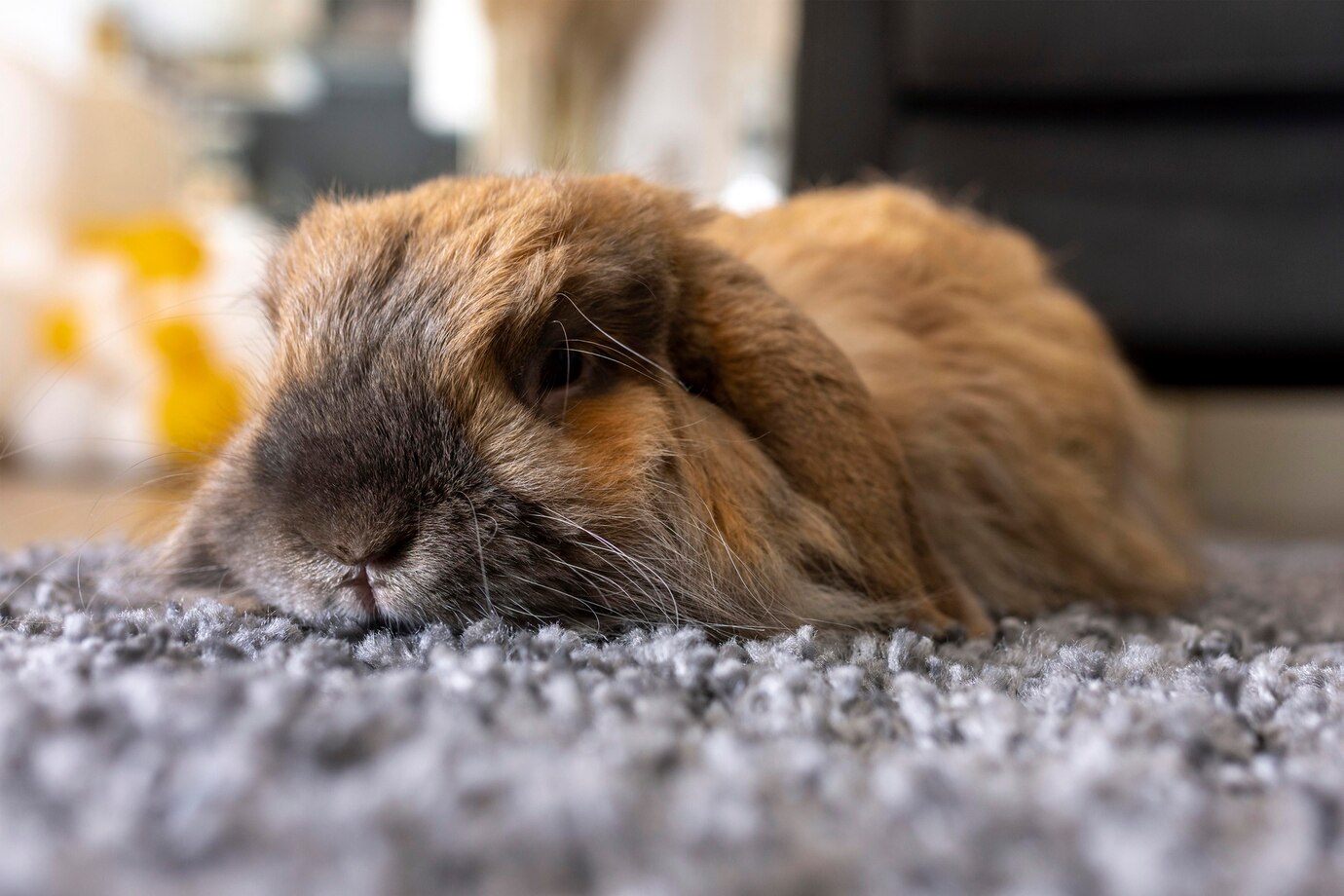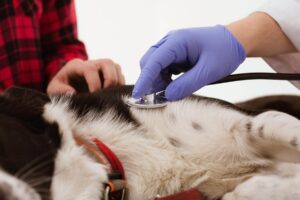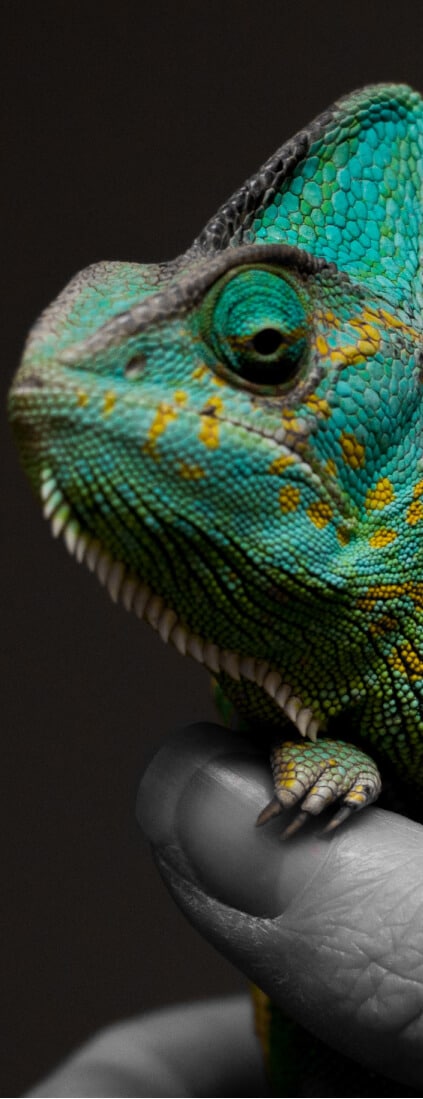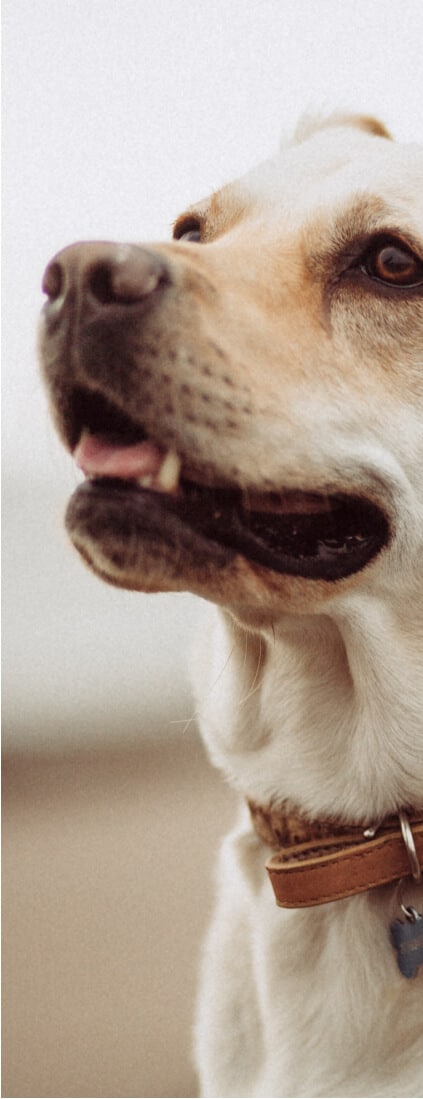Losing a pet at home is an experience no one is ever truly prepared for. Whether you’re overwhelmed by grief, unsure of what steps to take, or both, know that you’re not alone—and it’s okay to take things one step at a time.
First and foremost, take all the time you need. Sit with your pet, process your emotions, and say your goodbyes in your own way. You may want other pet and human family members to have time with your pet’s body to say goodbye as well.
When you’re ready, this guide is here to gently walk you through the next steps—what to expect in the first few hours, how to handle aftercare, transportation options, and how to choose between cremation or burial.
If you have any doubt about whether your pet has passed, contact your vet’s office right away.
If you’re in Portland and need immediate help, give us a call at (503) 379-1292. We’re here to support you through every step.
Above all, remember: There’s no rush, and no right or wrong way to grieve.
What Happens in the First Few Hours
After your pet passes away, their body will start to change. It’s a natural part of the process, but it can still feel hard to witness. Here’s what you may notice:
- Stiffness (rigor mortis): Your pet’s body will become firm and inflexible. This usually happens within 4-6 hours, but in warm weather, it can happen as quickly as 1-2 hours.
- Bodily fluids: You might see some fluids from their mouth, nose, or other areas. Stool may also be excreted. This happens as their muscles relax.
- Smell: An odor can start to develop as their body breaks down, especially if the room is warm.
If you live in a hot or humid area, it’s best to move your pet to a cool place within the first hour to slow down natural changes.
In hot summer conditions, bodily changes—such as odor, stiffness, and fluid release—can occur much faster, sometimes even within a few minutes. A cool garage, basement, or shaded spot works well as long as other animals and insects cannot reach it. Place an absorbent pad, towel or blanket underneath to absorb any fluids and catch stool.
In colder weather or during winter, you may have a bit more time—up to about 12 hours—before significant changes occur. Still, it’s a good idea to make arrangements as soon as you feel ready.
If moving your pet feels too difficult, that’s completely understandable. Many cremation services are equipped to help in these situations and can offer guidance or assistance.
If you’re in Portland or the surrounding area, give us a call at (503) 379-1292 —we can help with transportation, cremation arrangements, and answering any questions you may have.
Understanding Aftercare Options
Many pet owners assume the first step is to contact their veterinarian for aftercare arrangements. However, most veterinary clinics don’t handle cremation services directly. They typically partner with a local pet crematory to handle aftercare services, but you may prefer to work directly with a pet crematory or cemetery that specializes in aftercare.
Today, there are more choices than ever, including modern options like water cremation (Aquamation)—a gentle, eco-friendly alternative to flame cremation. Aquamation uses water and alkali to gently break down the body naturally, leaving behind clean cremains.
When you contact a cremation service, they’ll explain your options:
- Individual cremation: Your pet is separately cremated, and you receive only your pet’s remains.
- Communal cremation: Multiple pets are cremated together and the cremains are respectfully scattered for the family
- Transportation choices, including home pickup in many areas for an additional fee
Many services also offer pet memorial options, including personalized urns, paw prints, or keepsakes to honor and remember your companion.
Transporting Your Pet
When a pet dies at home, it can feel overwhelming to figure out how to move them—but taking a few practical steps can make it easier.
For larger pets like dogs, gently tuck their legs in and wrap them in a blanket to help with handling. For small pets, a secure box or carrier works well. Placing a plastic bag underneath can help manage any fluids during transport.
If your pet is in a hard-to-reach place or accessibility is a concern (such as stairs or narrow hallways), don’t hesitate to reach out to a cremation service—they have the experience and equipment to handle a range of situations.
Many cremation services offer home pickup if you’d prefer not to move your pet yourself.
If you do choose to take them to the cremation provider, bring a friend or family member for support. A sturdy carrier or box lined with a towel provides a respectful and practical solution.
Coping With Loss
While you manage the practical arrangements, it’s completely normal to feel sad, tearful and/or emotional unexpectedly for some time. Every family member in your household—including other pets—may react differently, and there’s no “right” way to feel during this time.
If you’re seeking connection, joining a pet loss support group can be a valuable resource. Talking with others who understand what you’re going through can offer comfort and perspective as you navigate this loss.
When you’re ready, we have a complete guide on coping with pet loss, which many pet parents find helpful. For now, give yourself permission to take things one step at a time and focus on your well-being.
Each pet leaves a unique mark on our hearts, and each farewell is deeply personal. Whatever choices you make in these next hours and days, trust that they’re the right ones for you and your pet.
















